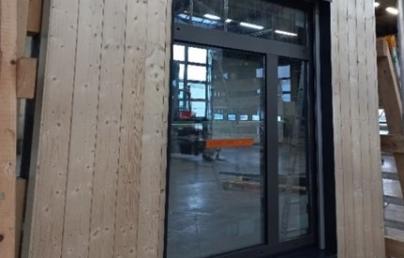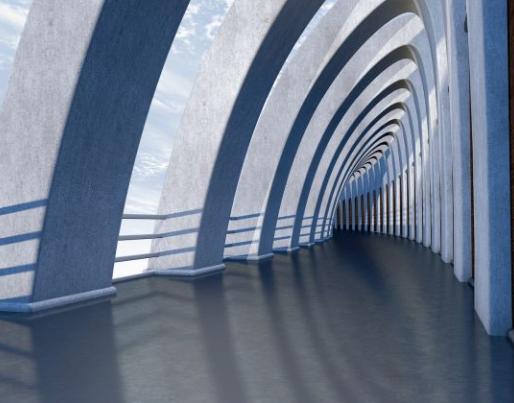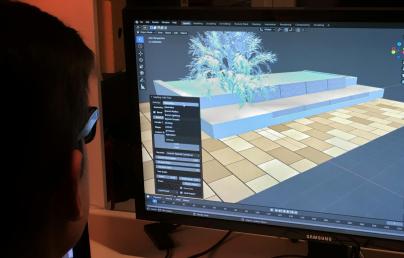
Ten future materials that could change the way we build

Ten future materials that could change the way we build
Following news that hemp could be used as a low-cost, low-carbon way of reinforcing concrete, here are 10 promising new construction materials including plastic that's stronger than steel and 3D-printed mushroom columns.
Researchers are developing materials that perform better or that tread more lightly on the planet – and ideally do both.
In the near future, natural materials including hemp and mycelium as well as synthetic ones such as carbon fibre and high-performance plastics could play a much bigger part in the construction process.
Here are ten innovative new materials from our archive:
Biochar cladding: German start-up Made of Air produces bioplastic from forest and farm waste that sequesters carbon and can be used to make objects including cladding. Hexagonal panels dubbed HexChar were installed on an Audi dealership in Munich last year, marking the first time the product had been used on a building.
Carbon-fibre reinforced concrete: This newly developed type of concrete is strengthened with carbon-fibre yarn, so far less concrete is needed for a structure of the same strength. Researchers at the Technical University of Dresden have been working with German architecture firm Henn to create the building made from this "carbon concrete", which will be named The Cube.
Super-strong plastic: Invented by Massachusetts Institute of Technology chemical engineers, 2DPA-1 is light and mouldable like all plastics, while being twice as strong as steel. Synthesised using a new polymerisation process, it will first be used as an ultrathin coating to enhance the durability of objects, but could one day be developed into a structural reinforcement material for buildings.
3D-printed mycelium: There are many ways of using mycelium, which is the branching, vegetative part of a fungus, for construction. One is Blast Studio's 3D-printing method, which the London practice used to make a two-metre-high column that can be used as a load-bearing architectural element. It also yields a mushroom crop.
Read the full article here.

